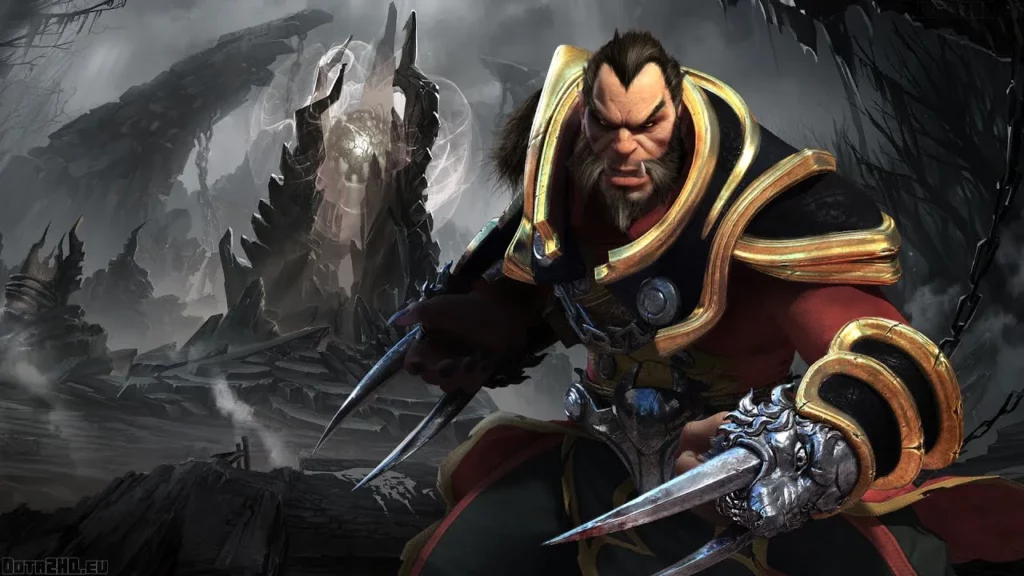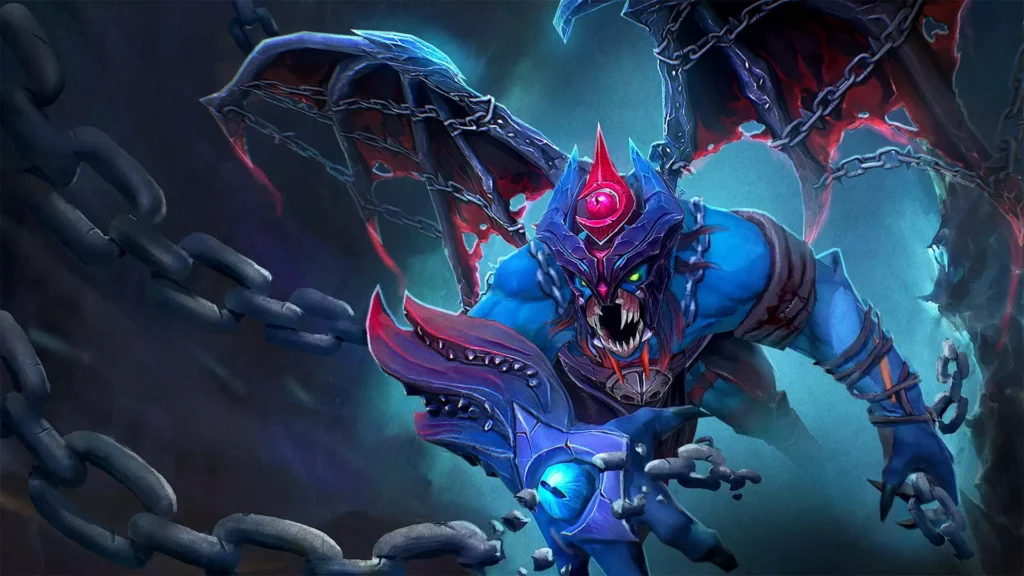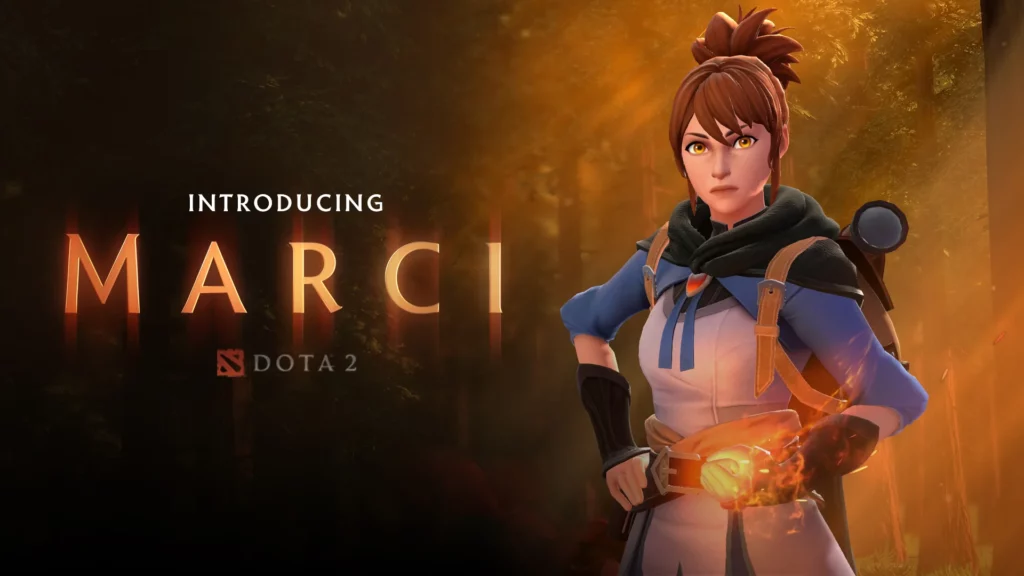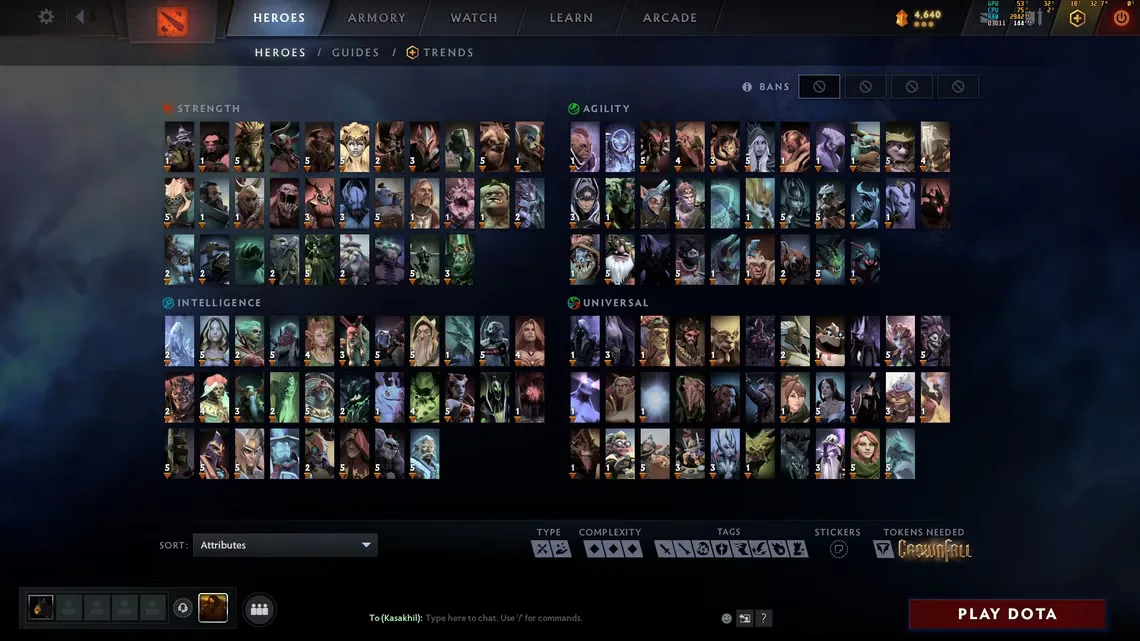Dota 2’s The International (TI) stands as the pinnacle of competitive gaming, where elite teams clash for glory, massive prize pools, and a place in esports history. Each year, the event not only crowns a champion but also sets the tone for the game’s meta, revealing which heroes and tactics dominate the highest level of play. This overview examines the most contested heroes and strategic shifts that defined every International, offering insight into how patches, innovations, and team philosophies have left their mark on Dota 2’s grandest stage.

The Early Years: Wild West Metas and Unpredictable Picks
The inaugural International in 2011 was designed to introduce Dota 2 to the world, featuring a then-unprecedented prize pool of $1,600,000. With the game still in closed beta and only 46 heroes available, teams experimented freely. Natus Vincere (Na’Vi) emerged victorious, leveraging Anti-Mage’s unmatched farming and mobility—he was the most contested hero, with a 90% pick and ban rate. Other favorites included Ancient Apparition, Lich, Earthshaker, and Windranger, while Axe remained untouched.
The following year, Invictus Gaming (iG) secured the title as the meta shifted toward teamfighting and pushing. Dark Seer was the centerpiece, contested in every single game, while heroes like Rubick, Naga Siren, and Lycan also saw heavy play.
The Rise of Strategy: Split-Pushing and Deathball Dominate
By 2013, the introduction of crowdfunding boosted the prize pool and brought new excitement. Alliance’s mastery of split-pushing, particularly with Nature’s Prophet and Io, became legendary. However, Batrider was the true hot pick, contested in every match. Visage, Lifestealer, and Outworld Destroyer also played pivotal roles.

The 2014 event, won by NewBee, is often remembered for its “deathball” meta, where teams grouped early and pushed relentlessly. Lycan, Razor, and Doom were highly contested, while supports like Shadow Shaman and Skywrath Mage provided strong laning and pickoff potential.
Shifting Tactics: Roaming, Flex Picks, and Engine Updates
Evil Geniuses lifted the Aegis in 2015, a year marked by the introduction of bounty runes and a roaming-focused meta. Tusk and Bounty Hunter thrived, while Gyrocopter and Leshrac were the most contested heroes. Techies, despite being rarely picked, was frequently banned due to his disruptive potential.
The 2016 tournament, won by Wings Gaming, showcased remarkable hero diversity and a balanced meta. Elder Titan and Mirana were highly sought after, while Shadow Demon combos with hard-hitting carries became a popular strategy. Wings Gaming’s flexible drafts and the upgraded game engine made this TI stand out.
Innovation and Adaptation: New Heroes and Patch Changes
In 2017, Team Liquid claimed victory on patch 7.06e, which introduced the game’s first original hero, Monkey King—though he struggled to make an impact. Night Stalker’s vision control made him the most contested, and the introduction of hero talents diversified strategies. Earthshaker and Nyx Assassin also left their mark, while Team Liquid’s adaptability and flexible hero pools set them apart.
The 2018 International, shaped by rapid patch cycles, emphasized the importance of strong laning. Enchantress and Weaver became top picks, while Vengeful Spirit led in appearances. OG’s underdog run, overcoming roster turbulence to claim the title, remains a highlight of Dota 2 history.

Expanding Diversity: Every Hero in Play
TI9 in 2019 was notable for its hero diversity—every hero was picked or banned except for three. The Aghanim’s update and changes to gold distribution favored heroes like Alchemist and Shadow Demon. Elder Titan was the most picked, and OG’s innovative strategies, including unique hero builds, secured them a second consecutive title.
Modern Metas: Flexibility and Itemization
After a pandemic-induced break, TI10 returned in 2021 with Team Spirit emerging as champions. Flexible heroes like Monkey King and Tiny dominated drafts, while strength-based picks such as Elder Titan and Magnus proved decisive. The event set the stage for future trends in hero selection and itemization.
The 2022 International saw a focus on aura carriers and “zoo” heroes, with items like Wraith Pack and Pipe of Insight playing crucial roles. Summoners such as Enigma and Broodmother capitalized on these auras, while Marci and Primal Beast were highly contested for their versatility. Tundra Esports distinguished themselves with innovative tactics and precise execution.
Recent Developments: Map Changes and Facet Introductions
TI12 in 2023 featured a balanced meta, with over 100 heroes picked across 100 games. The New Frontiers update brought major map changes and new objectives, influencing hero choices. Treant Protector, Kunkka, and Dazzle stood out, while tanky heroes like Bristleback benefited from powerful itemization.
The 2024 International, however, was less diverse, with only 99 heroes picked. The introduction of Facets in patch 7.36 concentrated the hero pool, making Naga Siren, Shadow Demon, and Sand King the most contested. Mirana’s Solar Flare Facet made her a frequent pick, while Windranger, Tusk, and Dragon Knight also saw significant play. Omniknight’s high win rate when left unbanned was notable.

Reflecting on The International’s Legacy
The International has consistently showcased the evolution of Dota 2, with each tournament reflecting the prevailing meta and the creativity of top teams. Flexible heroes who can fill multiple roles—such as Mirana, Marci, and Tiny—often become the most contested, as they allow teams to adapt on the fly. While these picks dominate the professional scene, players should consider their own skills and the current patch before bringing them into their own games.
Frequently Asked Questions
When is The International 2025?
The International 2025 is scheduled for September 11-14 at Hamburg’s Barclays Arena in Germany.
Is there a single strongest hero in Dota 2?
No single hero is universally superior; effectiveness depends on the current patch, team composition, and player skill.
